Many of us are trying to lead healthier lives, and incorporating more whole grains into our diets is a great way to do that. However, converting recipes from refined white flour to whole-grain flour is often easier said than done. There are many factors to consider, such as the type of recipe, the texture of the flour, and even the climate you live in. But don’t let that discourage you! You can successfully convert your favorite recipes to whole-grain flour with a few tips and tricks.
Choose the Right Flour Texture
When choosing your whole-grain flour, the texture matters. Fine or medium texture affects the amount of flour needed and the final texture of your baked goods. For bread flour, choose a medium texture. This will give you the right amount of gluten to create a good structure for your bread.
Store Your Flour Correctly
Once you’ve milled your grains and legumes into flour, it’s important to store any leftover flour correctly to preserve as many nutrients as possible. Refrigerate or freeze the flour to keep it fresh. Flour can be stored for up to two weeks in the refrigerator or up to three to six months in the freezer.
Experiment with Flour Mixtures
Try mixing grains of similar size for the best results when milling your flour. You can also experiment with a variety of flour mixtures to add variety, flavor, and texture to your recipes.
Know Your Wheat Types
Not all wheat is created equal! Soft wheat is excellent for cakes, cookies, muffins, and other baked goods, while hard wheat is essential for yeast breads. Hard wheat flour is higher in protein than soft wheat flour, making it perfect for creating the structure necessary in yeast breads.
Convert Your Recipes with Confidence
To convert a recipe from white flour to whole grain flour, replace each cup of white flour with ¾ to ⅞ cup of hard whole wheat flour or ⅞ to 1 cup of soft wheat flour. Whole grain flours absorb more liquid than all-purpose flour, so you may need to increase the liquid called for in the recipe instead of using less flour.
When baking powder leavened recipes, increase the baking powder by 1 tsp for every 3 cups of whole wheat flour. Recipes containing baking soda need not be adjusted.
Mix Your Batters with Care
When making cakes, muffins, or cookies, avoid overmixing the batter. Overmixing can cause gluten development and make your baked goods tough.
Lighten Your Batters
To lighten any batter containing eggs, such as pancakes, waffles, or cakes, you may choose to separate the eggs and beat the whites until stiff. Add egg yolks to the liquid ingredients and fold beaten egg whites into the batter just before baking.
Add Extra Eggs to Quick Breads
An extra egg may be added to quick breads, such as cornbread or banana bread, to help them rise a little higher.
Incorporate Bean Flours
Bean flours provide extra protein and may be added in small quantities to any baked goods. You can replace up to 10%-25% of the wheat flour in your recipes with almost any bean, pea, or lentil flour. When ground into flour, dry beans, peas, and lentils can be used for dips, soups, and thickening agents in casseroles and stews in place of wheat flour, making them gluten-free.
Transition Gradually
Add whole grains to your diet gradually to help your family’s taste buds and digestive systems adjust. Start by replacing 25% (or less) of the white flour in your favorite recipes with whole-grain flour. Gradually increase to 50% whole grain flour, and so on.
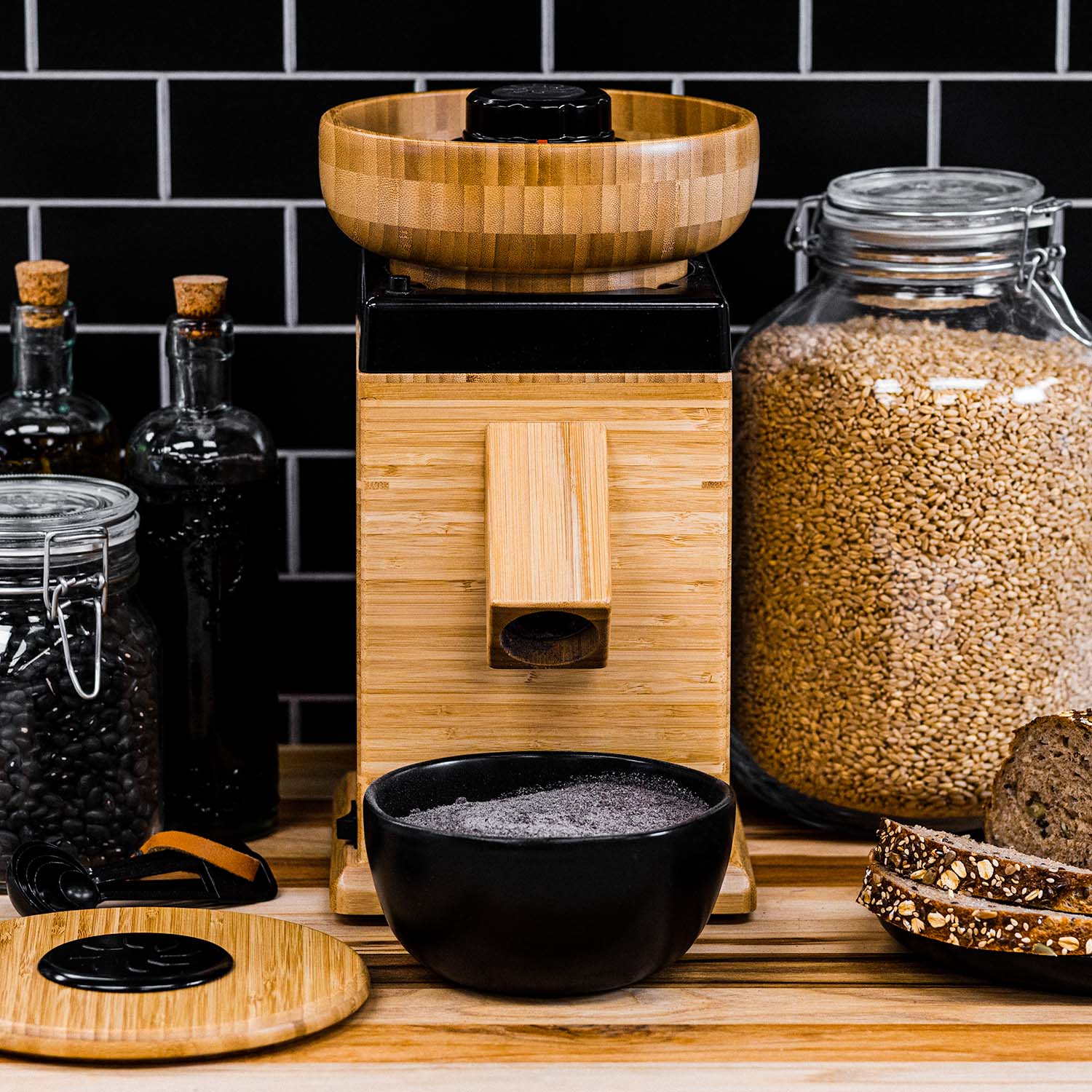
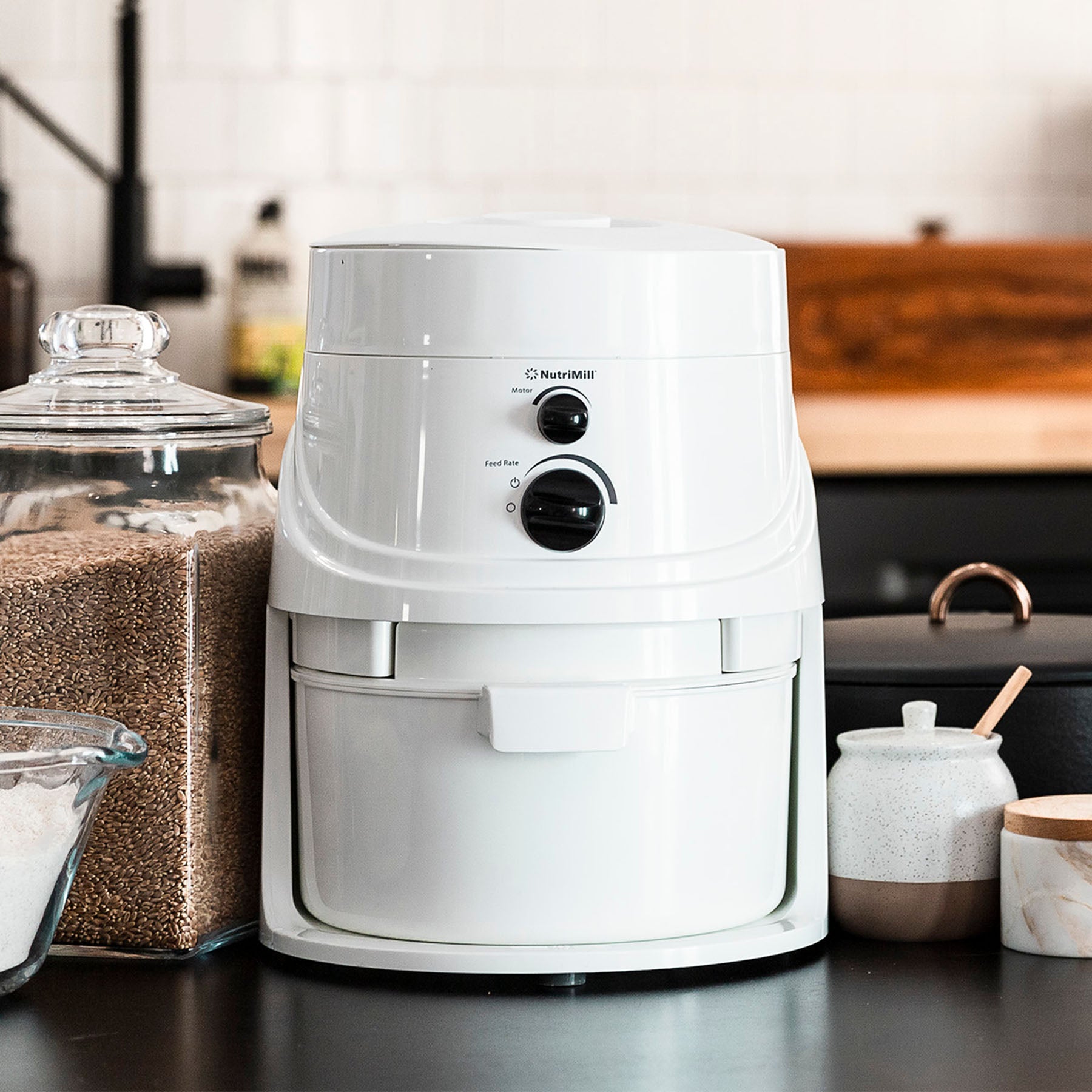
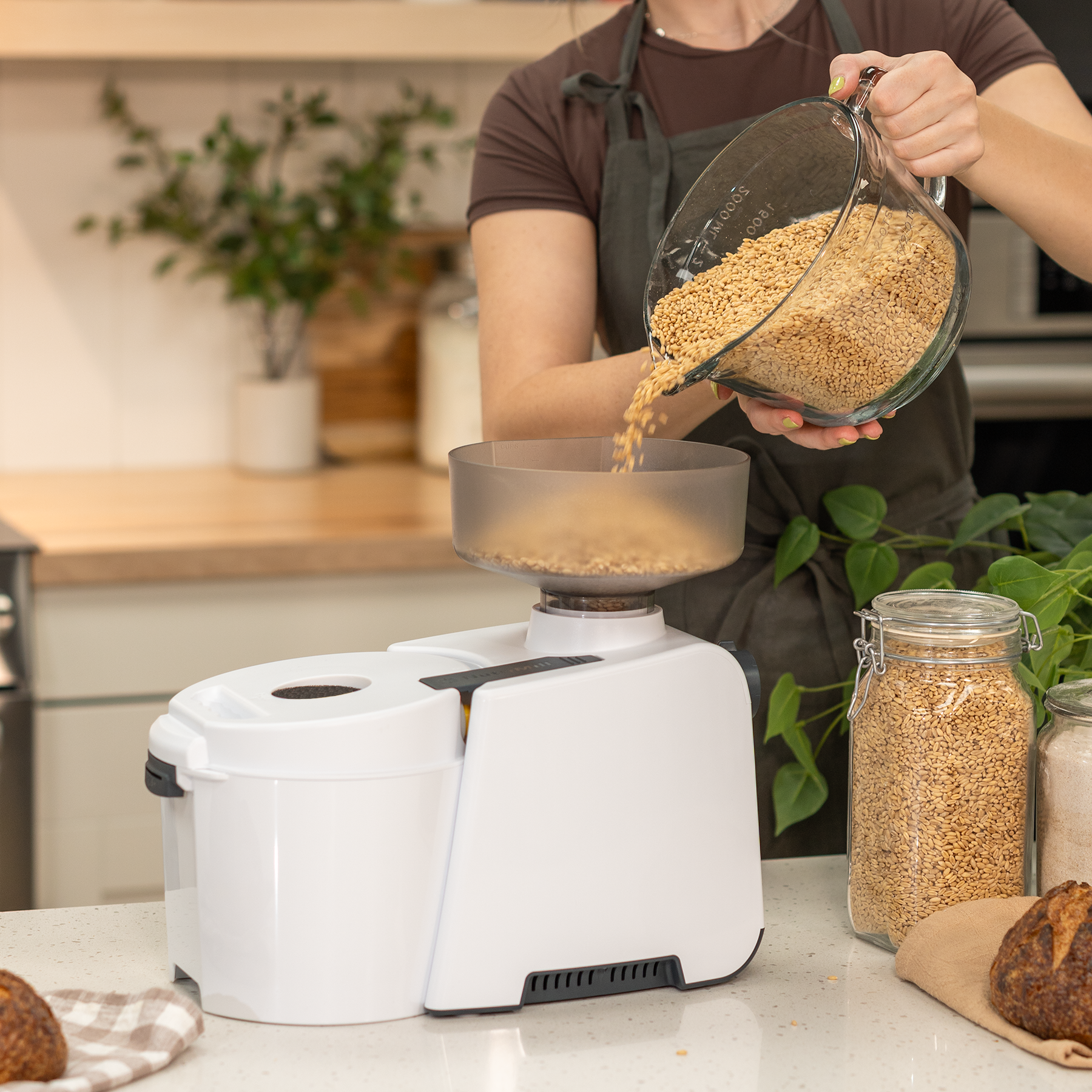
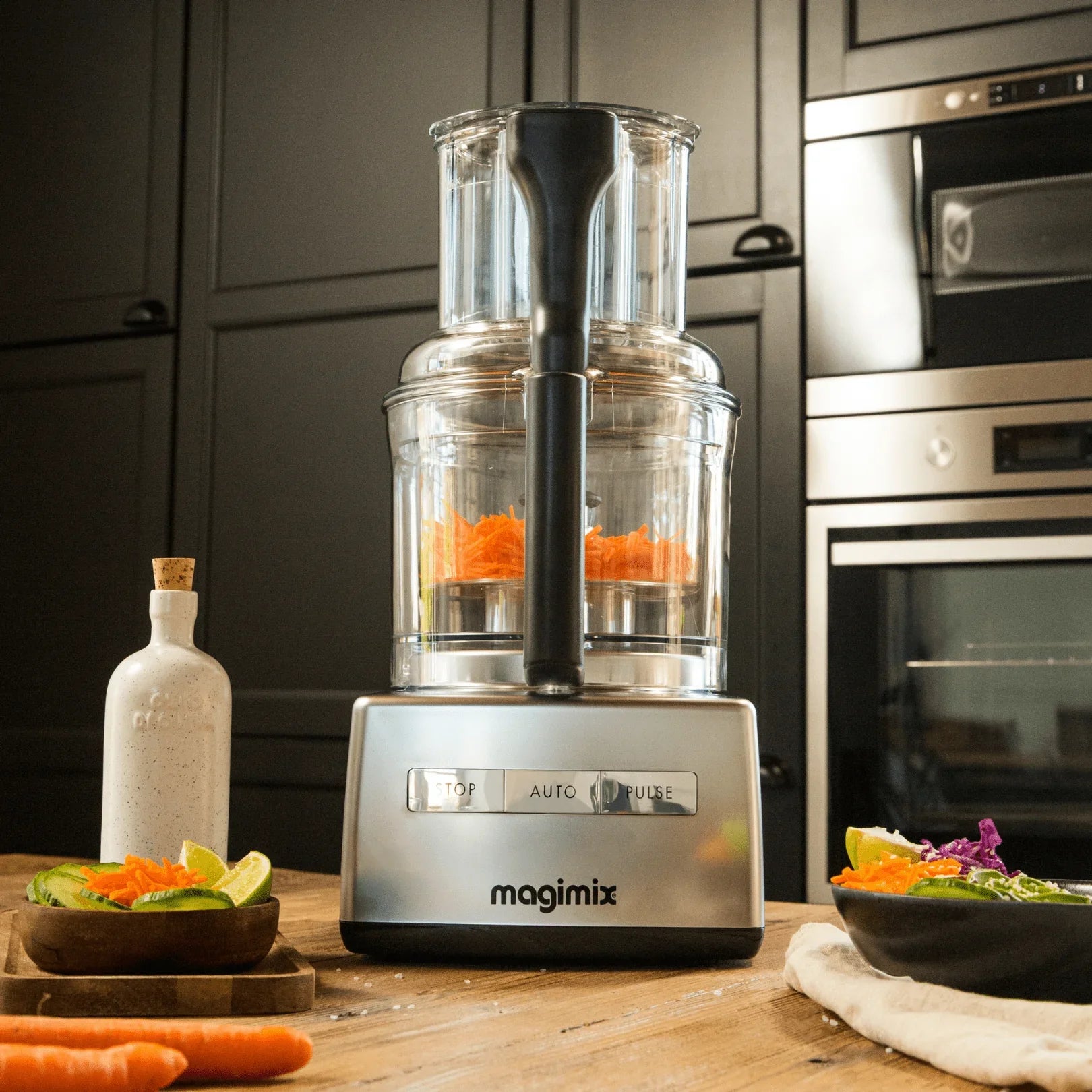
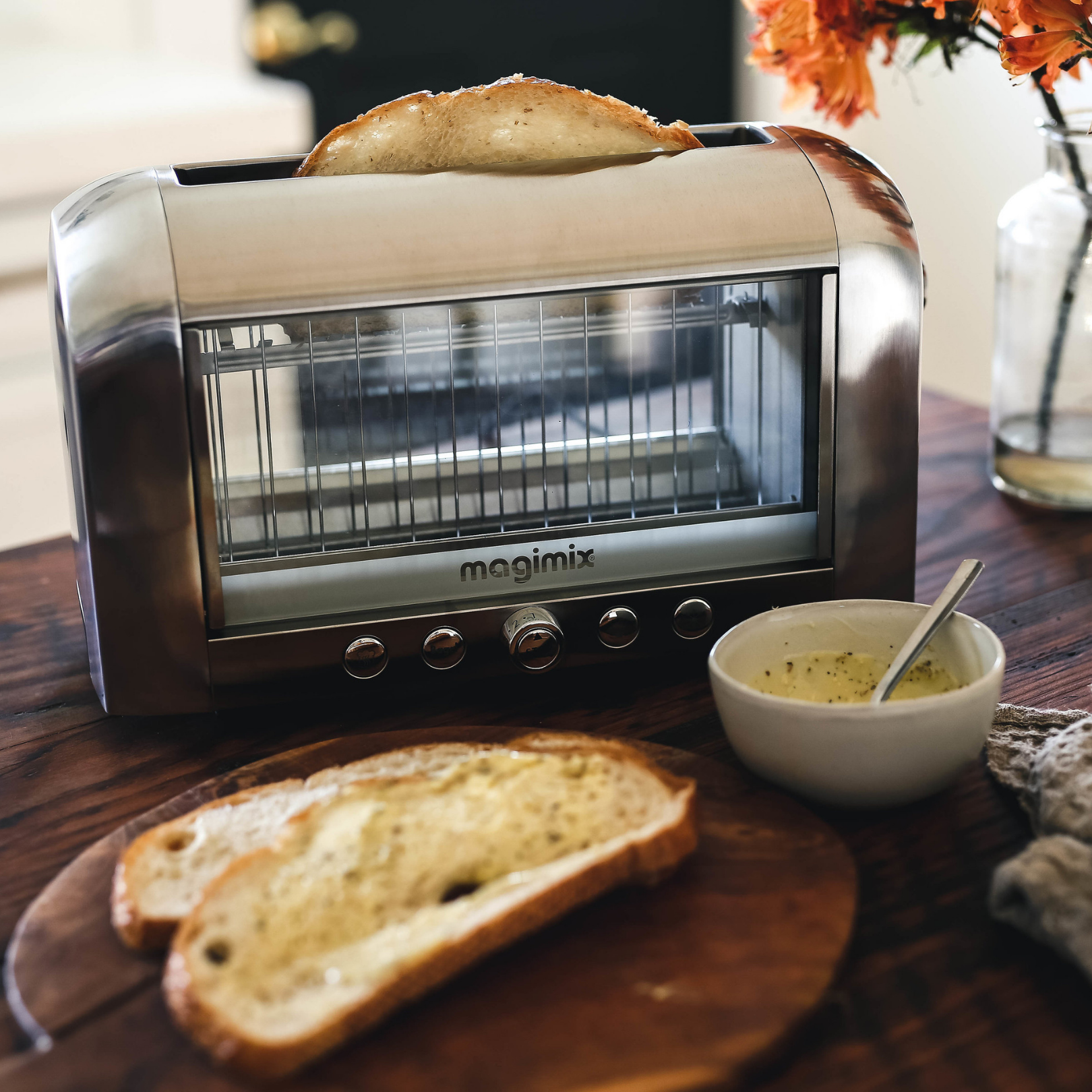
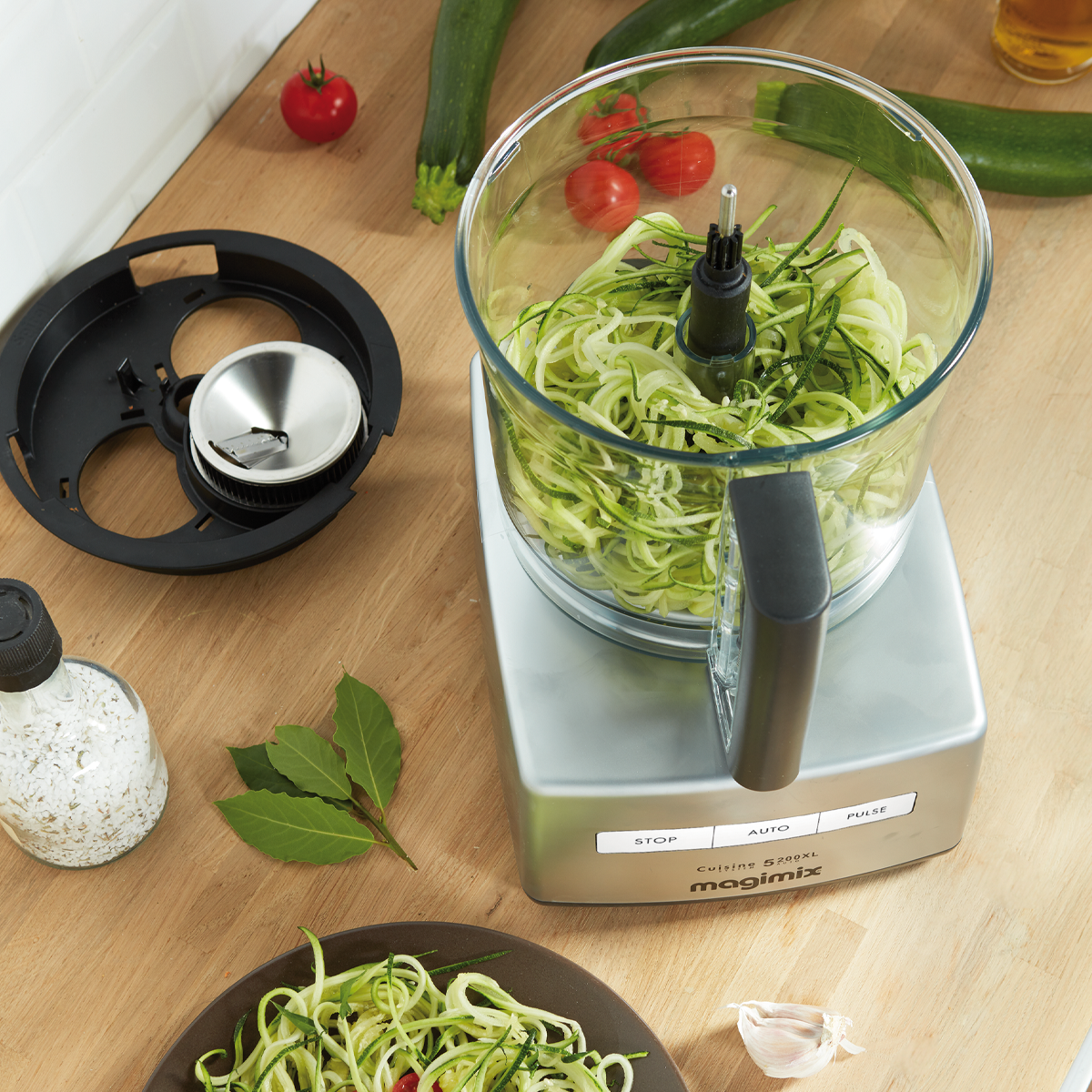
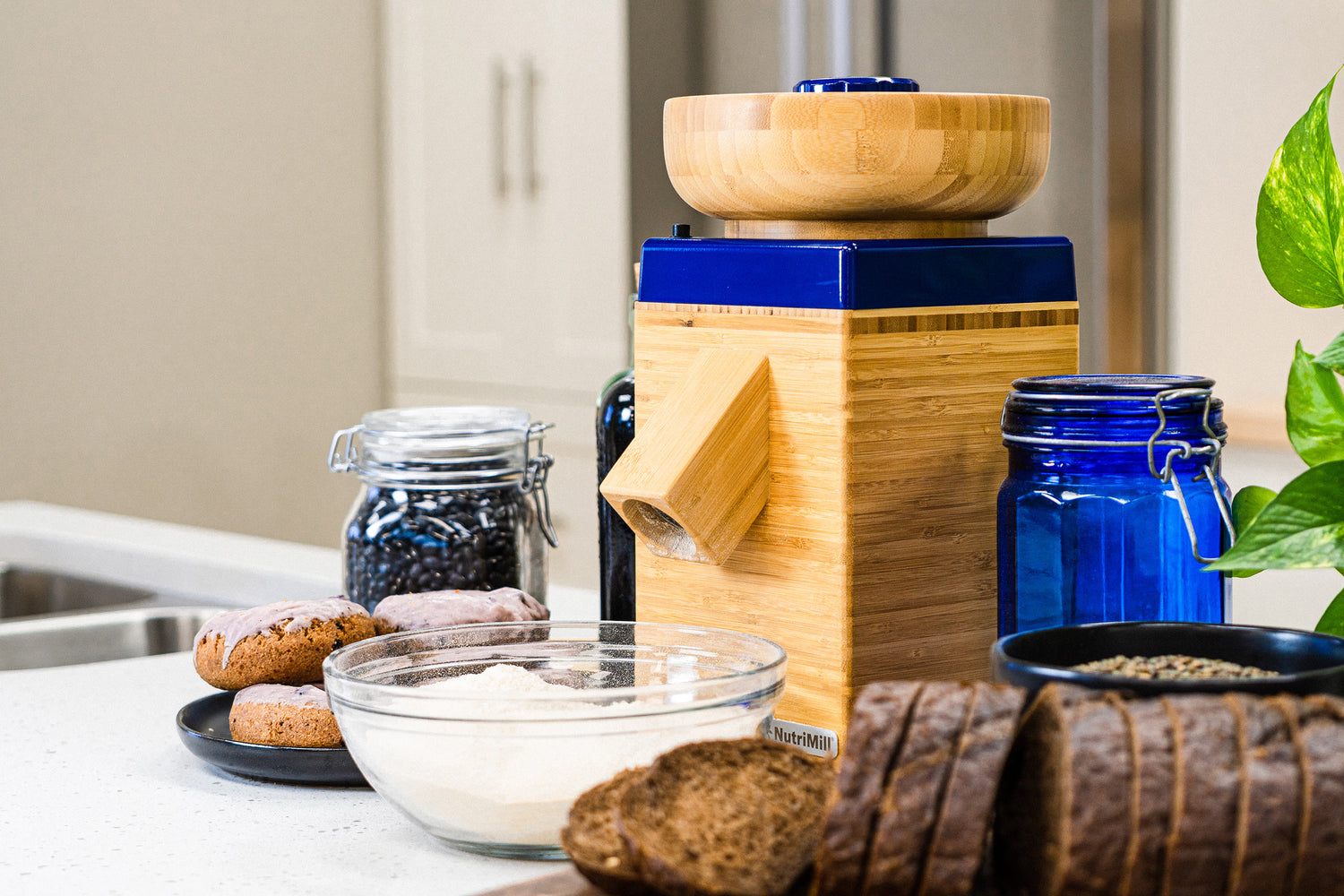
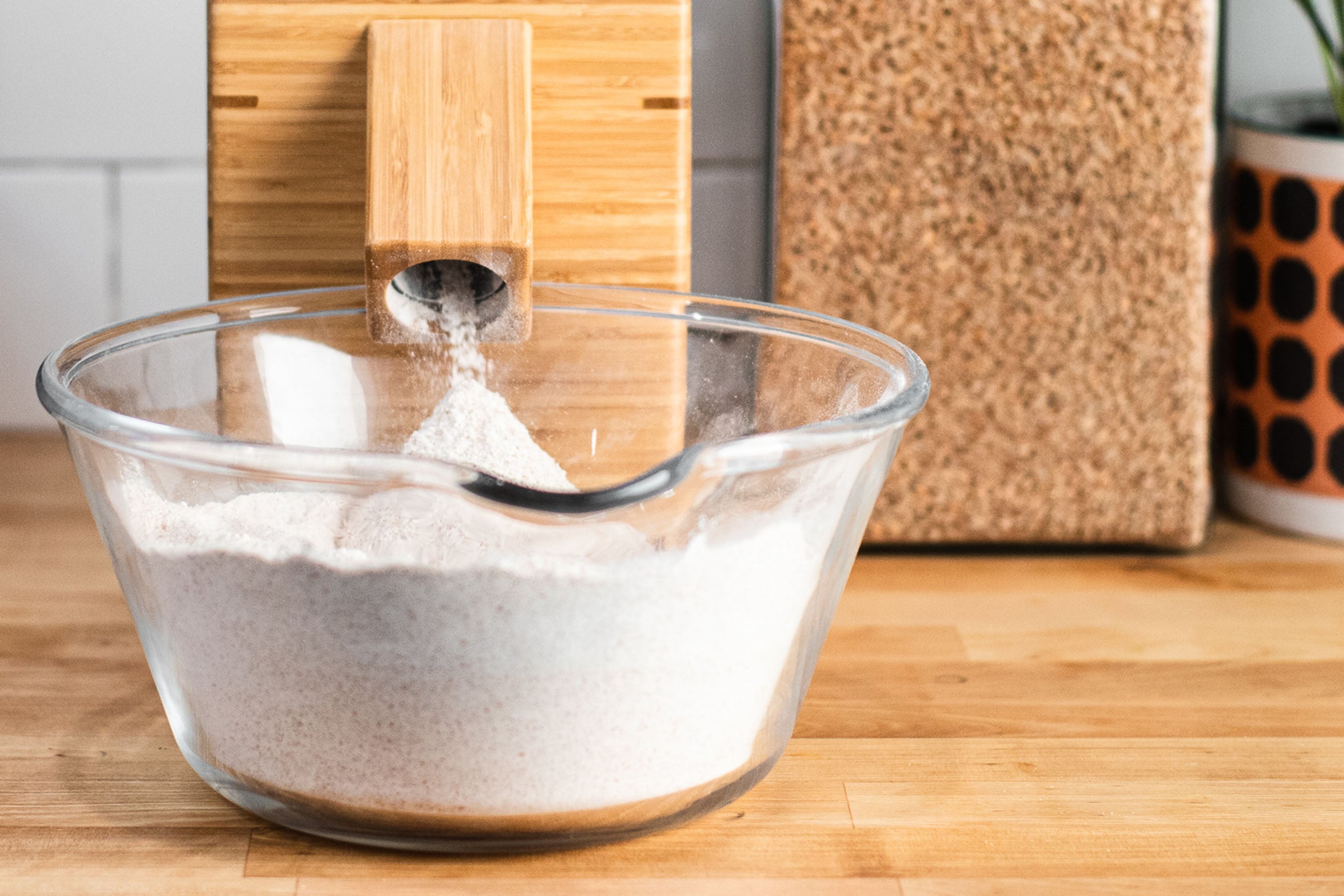
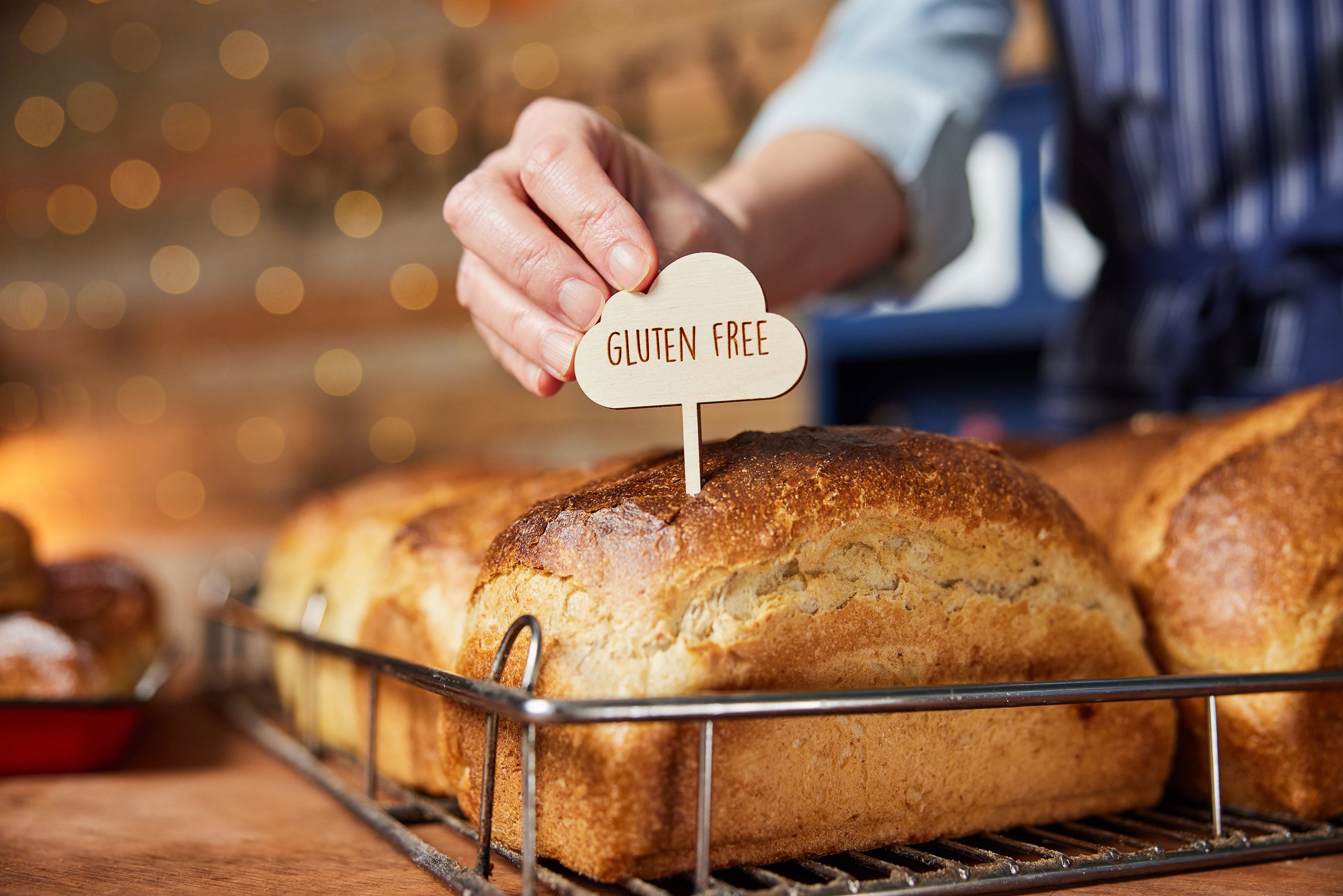
Leave a comment
All comments are moderated before being published.
This site is protected by hCaptcha and the hCaptcha Privacy Policy and Terms of Service apply.